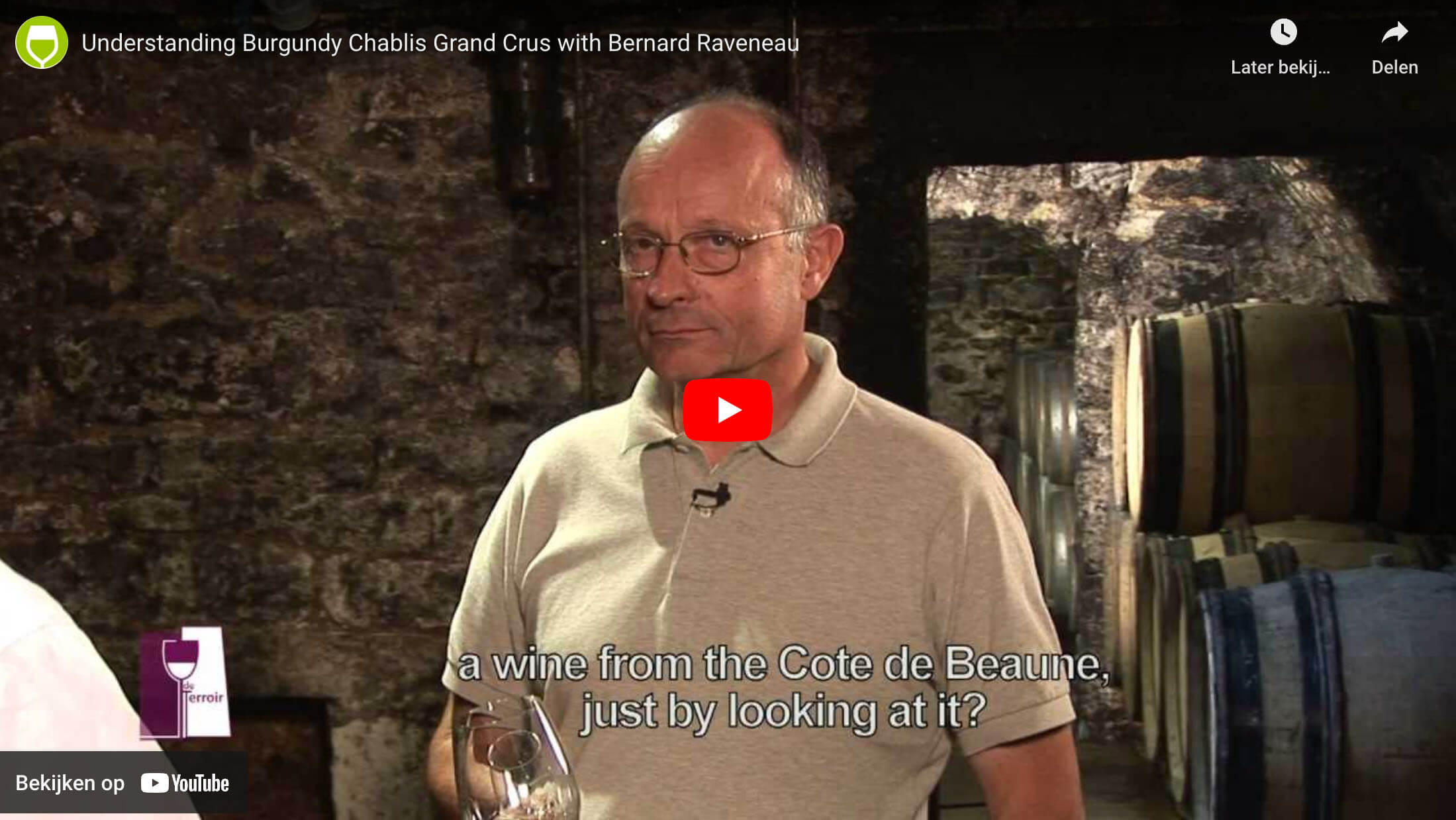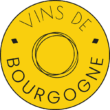A word inextricably linked to Burgundy. And a concept that every winemaker is only too happy to embrace to describe their wines. But what does terroir really mean? And how should it be interpreted? Because this concept is also subject to debate.
Bottom
Terroir is sometimes dismissed as soil. So the soil the grape grows on. But to describe terroir as soil is far too limited. The term refers to much more than just the physical characteristics of the soil. But soil certainly matters, and occupies an important part of the description of terroir.
Burgundy is blessed with an incredible diversity of soil types, ranging from limestone and marl to clay and gravel. Each of these soils has its own unique characteristics and contributes to the complexity and diversity of wine. In the Côte de Nuits, limestone dominates the soils, resulting in elegant and refined red wines with distinct character. In the Côte de Beaune, on the other hand, we find more clay and limestone soils, which make for richer and more powerful white wines.
Climate
Besides soil, climate is another important component of the concept of terroir. Burgundy’s continental climate is characterised by cool winters, warm summers and moderate rainfall during the growing season. These conditions are ideal for slow ripening of grapes, resulting in wines with lively acidity, bright fruit tones and pronounced freshness.
Burgundy’s northern location also means that there is considerable variation between the different microclimates within the region. To the south, in the Mâconnais, there is a slightly warmer climate. This results in riper and richer concentrated wines. In the north, in Chablis, the cooler temperatures produce wines with refreshing acidity and pronounced minerality.
Human influence?
And now for the discussion. Should human influence be included in the concept of terroir? Or should it not? Besides the natural elements of terroir, human influence also plays an essential role in wine making. In Burgundy, many vineyards are still cultivated by hand, respecting traditions passed down through generations. Winemakers strive to express the unique characteristics of their terroir in the wines, often through minimal intervention in both the vineyard and the cellar.
In the video below, Bernard Raveneau describes the concept (from 4:30 minute).

Raveneau sees human influence as part of terroir. According to him, it is a combination of soil, climate and human influence. In contrast, other winemakers see human influence as separate from the concept of terroir.
Conclusion
The concept of terroir is an essential part of wine in Burgundy, and it is invaluable for understanding and appreciating the region’s wines. From the diverse soils to the unique climate, human influence and ancient history, every aspect of terroir contributes to the complexity and individuality of Burgundy’s wines.
